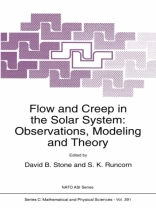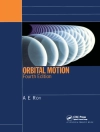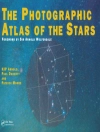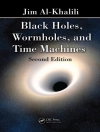The NATO ASI held in the Geophysical Institute, University of Alaska Fairbanks, June 17-28, 1991 was, we believe, the first attempt to bring together geoscientists from all the disciplines related to the solar system where fluid flow is a fundamental phenomenon. The various aspects of flow discussed at the meeting ranged from the flow of ice in glaciers, through motion of the solar wind, to the effects of flow in the Earth’s mantle as seen in surface phenomena. A major connecting theme is the role played by convection. For a previous attempt to review the various ways in which convection plays an important role in natural phenomena one must go back to an early comprehensive study by 1. Wasiutynski in "Astro- physica Norvegica" vo1. 4, 1946. This work, little known now perhaps, was a pioneering study. In understanding the evolution of bodies of the solar system, from accretion to present-day processes, ranging from interplanetary plasma to fluid cores, the understanding of flow hydrodynamics is essentia1. From the large scale in planetary atmospheres to geological processes, such as those seen in magma chambers on the Earth, one is dealing with thermal or chemical convection. Count Rumford, the founder of the Royal Institution, studied thermal convection experimentally and realized its practical importance in domestic contexts.
S.K. Runcorn & David B. Stone
Flow and Creep in the Solar System: Observations, Modeling and Theory [PDF ebook]
Flow and Creep in the Solar System: Observations, Modeling and Theory [PDF ebook]
Mua cuốn sách điện tử này và nhận thêm 1 cuốn MIỄN PHÍ!
Ngôn ngữ Anh ● định dạng PDF ● ISBN 9789401582063 ● Biên tập viên S.K. Runcorn & David B. Stone ● Nhà xuất bản Springer Netherlands ● Được phát hành 2013 ● Có thể tải xuống 3 lần ● Tiền tệ EUR ● TÔI 4706802 ● Sao chép bảo vệ Adobe DRM
Yêu cầu trình đọc ebook có khả năng DRM












